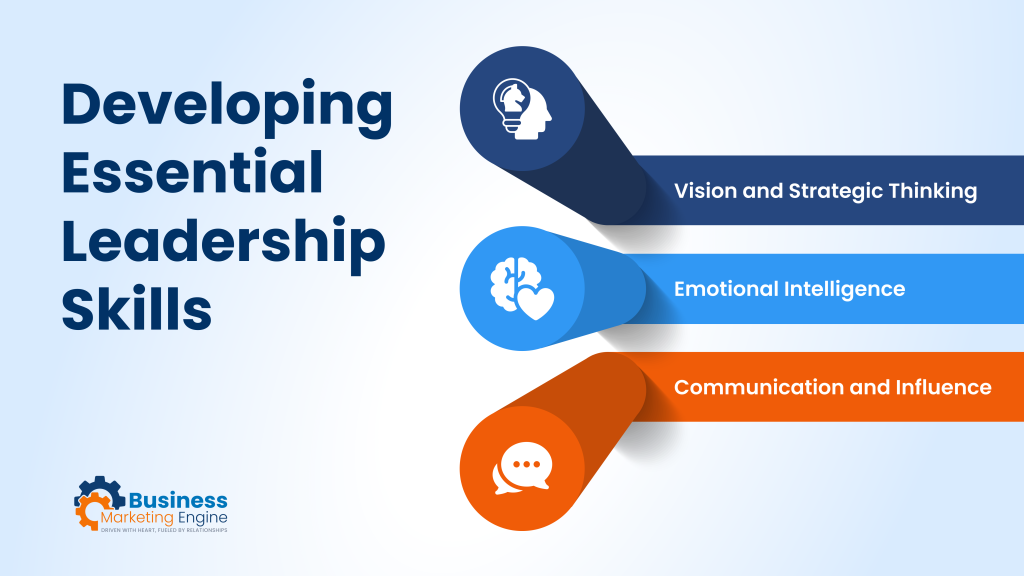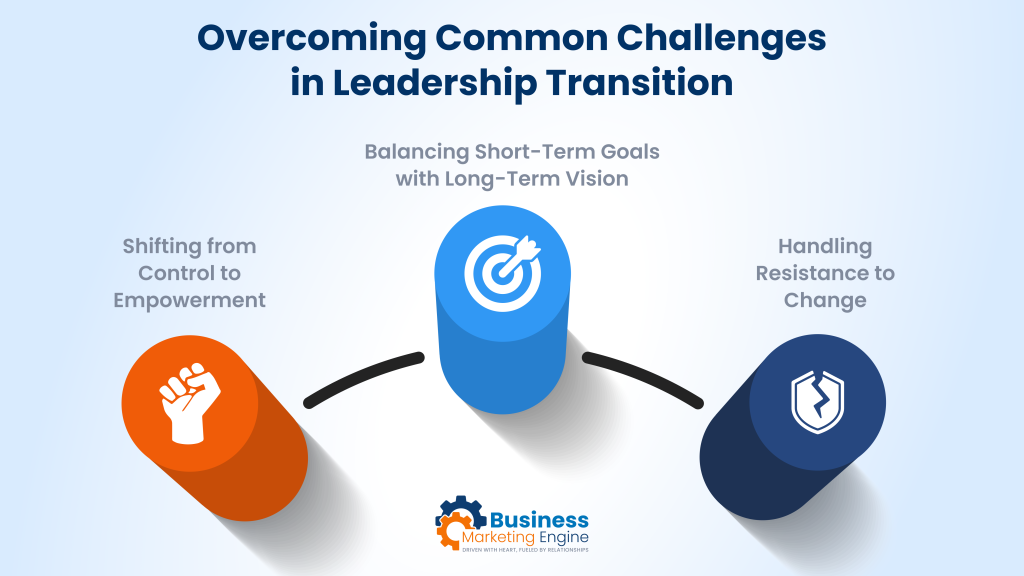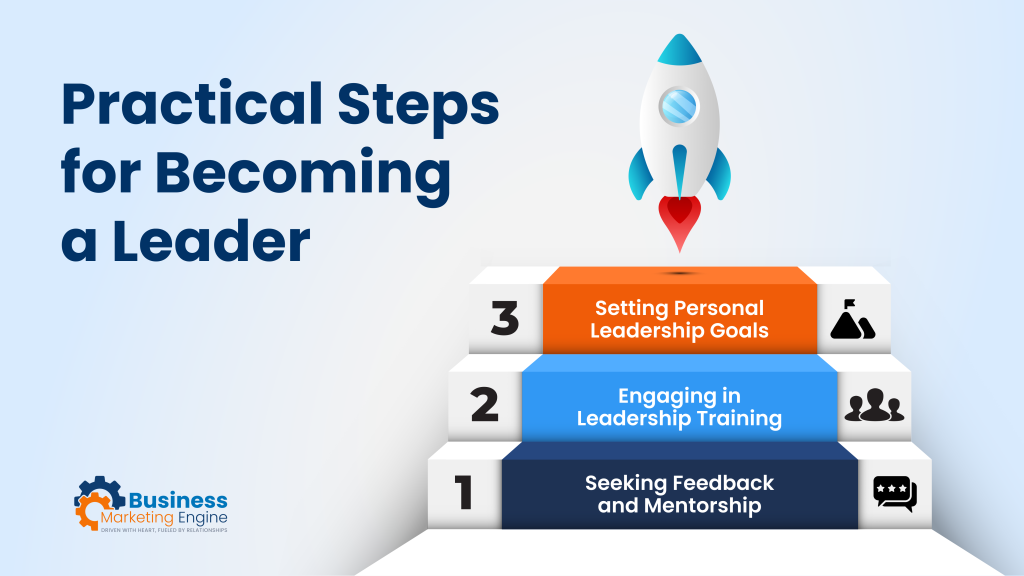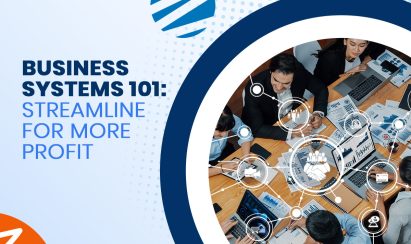Leadership development is an important component in every business. A leader can be a manager, but not all managers are leaders. Why is that?
At Business Marketing Engine, we believe that while management is a role that focuses on overseeing tasks, leadership involves taking responsibility, making tough decisions, and inspiring teams.
When you think about a leader, who is the first person that comes to your mind?
We bet it’s someone who can inspire others to achieve the bigger picture.
Not everyone is capable of doing this. It requires knowledge, skills and characteristics that are not always taught.
That’s why it’s essential for companies to begin leadership development training!
According to the Journal of Applied Psychology, “Leadership training programs can lead to a 25% increase in learning, 28% increase in leadership behaviors performed on-the-job, 20% increase in overall job performance, 8% increase in subordinate outcomes, and a 25% increase in organizational outcomes.”
If you want managers to become leaders, you need to give them sufficient tools in order to succeed.
In this blog, we’ll share tailored strategies, practical guidance, and valuable insights on leadership development to help your business thrive.
Understanding the Difference Between a Manager and a Leader
While these two words may seem one of the same, their roles are contrasting. Grasping this critical difference can elevate your business toward long-term success.
Key Characteristics of Managers
Managers are primarily focused on processes, systems, and task execution. Think of a principal at a school – they emphasize control, efficiency, and the consistent achievement of goals through structured planning and oversight.
Key Characteristics of Leaders
Leaders are focused on vision, inspiration, and motivating others. Think of Theodore Roosevelt – he prioritized guiding teams toward shared goals, fostering collaboration and driving innovation to achieve lasting success.
Developing Essential Leadership Skills
Not everyone is born a leader – it takes time, passion and determination to learn leadership development skills.
Vision and Strategic Thinking
The first step in learning how to lead is to be able to set a clear vision.
What do you want to achieve… with who… and how?
You can do this by incorporating strategic thinking. You want to be able to analyze various factors, consider long-term goals, and anticipate potential challenges and opportunities.
Implementing these steps is essential for aligning your team toward a common goal while providing a sense of purpose.
Emotional Intelligence
How much emotional intelligence do you have? Are you able to connect with your team, manage your own emotions, and put yourself in someone else’s shoes?
According to Forbes, emotional intelligence improved the overall success of the business by 37.2% within the first year!
Emotional intelligence is the foundation for building trust and effective communication within the workplace.
If you can not manage your own emotions, how would you be able to understand others?
To improve your emotional intelligence, remember to reflect on your emotions, listen to others, and be receptive to feedback.
Communication and Influence
Ever heard of the saying, “There’s no “I” in team”? Each person’s input is a crucial part of cultivating a thriving environment.
Make sure to listen to others and motivate your team to achieve your end goal. You have the power to create a powerhouse!
Remember to use persuasive language, foster an open dialogue, and show genuine care for your teams’ ideas and concerns.
Building a Leadership Mindset
The skills to become a leader don’t just happen overnight. It takes weeks to build a mindset where it comes naturally – almost instinctively.
Adopting a Growth Mindset
Continuing to learn and challenge yourself is essential for effective leadership development. Nothing ever stays the same, and neither should you!
Remember to be an example for your team. Create a growth mindset – not only will you encourage yourself to improve but also everyone around you.
Leading by Example
Ever heard of “monkeys see as monkeys do”? A little juvenile, (we know) but it gets the point across.
Modeling desired behaviors and values is a powerful tool for leaders. It sets the standards for their team and reinforces a culture they want to build.
When someone leads by example, what do you typically think of that person?
Their actions can foster trust and respect, integrity and accountability – inspiring others to act the same.
Empowering and Developing Others
Do you want to help others become their best selves?
Think about it – how would you inspire a friend to be their best? Maybe by encouraging them to make their own choices, or being there to guide them when they need a little help.
Key techniques like strategic delegation, constructive feedback, and creating growth opportunities are essential for developing a strong team.
These tools not only strengthen individuals but foster a culture of continuous improvement and mutual support.
Overcoming Common Challenges in Leadership Transition
Transitioning into a leadership role often presents its own set of challenges.
Let’s focus on developing your leadership skills list to combat these obstacles.
Shifting from Control to Empowerment
Leadership development is a process – it doesn’t magically fix everything overnight. You need to constantly work towards a leadership development strategy.
It could be as simple as trusting your team more and not micromanaging them. Why? Your team will feel more confident and united!
How about giving them important tasks, along with clear instructions and expectations?
Regular check-ins and goal-setting can help instill trust, providing both direction and support as they progress.
Balancing Short-Term Goals with Long-Term Vision
How do you decide when to prioritize short-term goals over long-term vision?
Your leadership development goals will shift depending on the day. Some days you will need to focus on your immediate tasks while other days you will be able to focus on your long-term vision.
Start by setting clear measurable goals, delegate tasks that drive progress, and regularly review performance against the bigger picture.
Encourage your team to connect their work to the organization’s mission. This creates a sense of purpose that balances short-term productivity with long-term success.
Handling Resistance to Change
Naturally, there may be resistance to change. Team members may be nervous about how this change will affect them. Or they could be uncomfortable with the new methods they have to implement.
Understanding the root causes of this resistance is crucial to the success of your team.
To lead effectively through change, communicate openly, providing a clear vision of why the change is necessary and how it benefits the team.
Practical Steps for Becoming a Leader
Begin incorporating leadership development coaching into your routine to strengthen your influence and enhance your ability to lead.
Seeking Feedback and Mentorship
Effective leadership development thrives on both giving and receiving feedback.
It offers valuable insights into your team’s strengths and areas for growth.
To accelerate your own development, seek out a mentor with experience in areas where you wish to improve.
Their guidance can help you navigate challenges and grow faster as a leader.
Engaging in Leadership Training
To evolve into an effective leader, you also need to participate in leadership development training.
These programs are specifically designed to provide new insights and enhance your leadership development strategy.
By gaining new perspectives and refining your skills, you’ll be able to handle challenges more efficiently and inspire your team more effectively.
Setting Personal Leadership Goals
Your team is as strong as you are. Setting specific measurable goals keeps you focused as well as your team.
Begin by creating a personal leadership development plan.
You’re going to want to start by assessing your current skills, defining your goals, and identifying resources to support your growth.
Don’t forget to track your progress weekly and adjust your plan accordingly.
Conclusion
Take the steps to invest in your leadership journey today!
Not only are you enhancing your own growth but you’re contributing to the success of your entire team.
Remember, to become a stronger leader, consider seeking mentorships, coaching opportunities, or resources that can guide you on your leadership path.
Want to explore the leadership tools our team uses daily to handle challenges, refine our skills, and grow our company? Click here!






